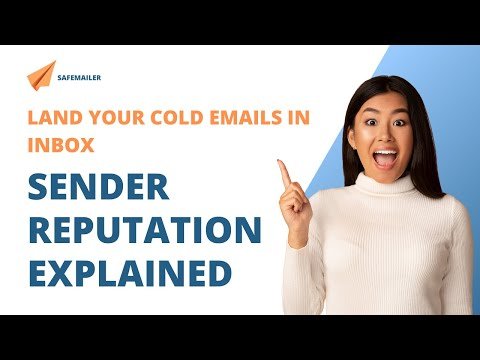HubSpot Segmentation Features for Effective Sales Funnels
When navigating the world of digital marketing, mastering HubSpot’s segmentation tools can greatly elevate your sales funnel. As consumer habits shift, it’s essential that we adapt our tactics to effectively capture, convert, and keep our customers. This article offers a detailed guide on harnessing HubSpot’s segmentation features to build powerful sales funnels that boost revenue and nurture customer allegiance.
Getting Started with Sales Funnels
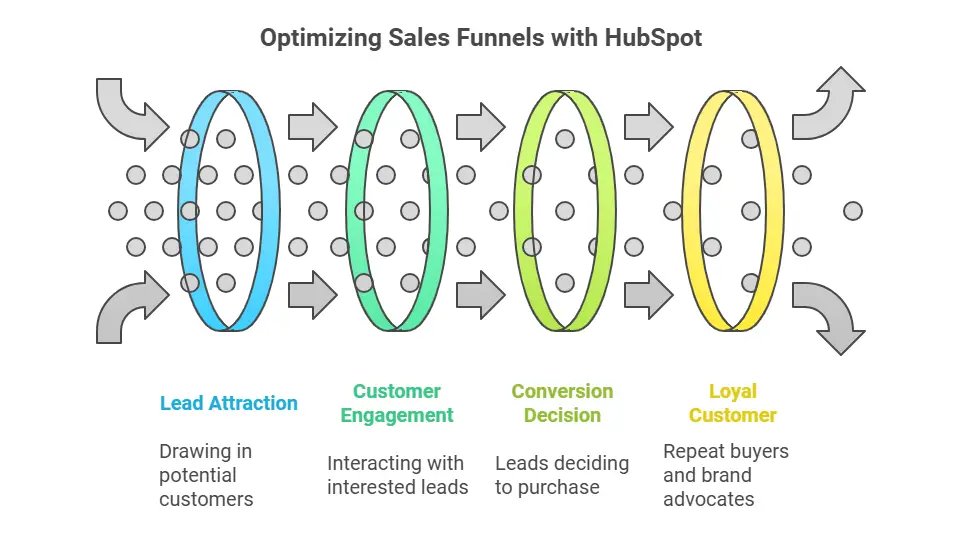
A sales funnel is not just a theoretical concept; it’s a vital framework that helps businesses navigate the complex journey from attracting potential leads to converting them into loyal customers. This structured approach allows organizations to visualize the various stages a potential buyer goes through before making a purchase decision.
Understanding the dynamics of a sales funnel is essential for any marketer or business owner. It involves recognizing where potential customers are in their buying journey and tailoring marketing efforts accordingly. The beauty of a well-structured sales funnel lies in its ability to streamline marketing campaigns, enhance customer engagement, and ultimately maximize conversions.
Sales funnels also benefit greatly from data and insights gained from tools like HubSpot. By leveraging hubspot segmentation features, marketers can target specific audiences at each stage of the funnel, ensuring that messages resonate with prospects based on their unique needs and behaviors.
The Stages of a Sales Funnel
Sales funnels consist of various stages reflecting customer involvement. Grasping these phases is vital for guiding prospects toward purchase decisions.
Awareness Stage: Attracting Potential Customers
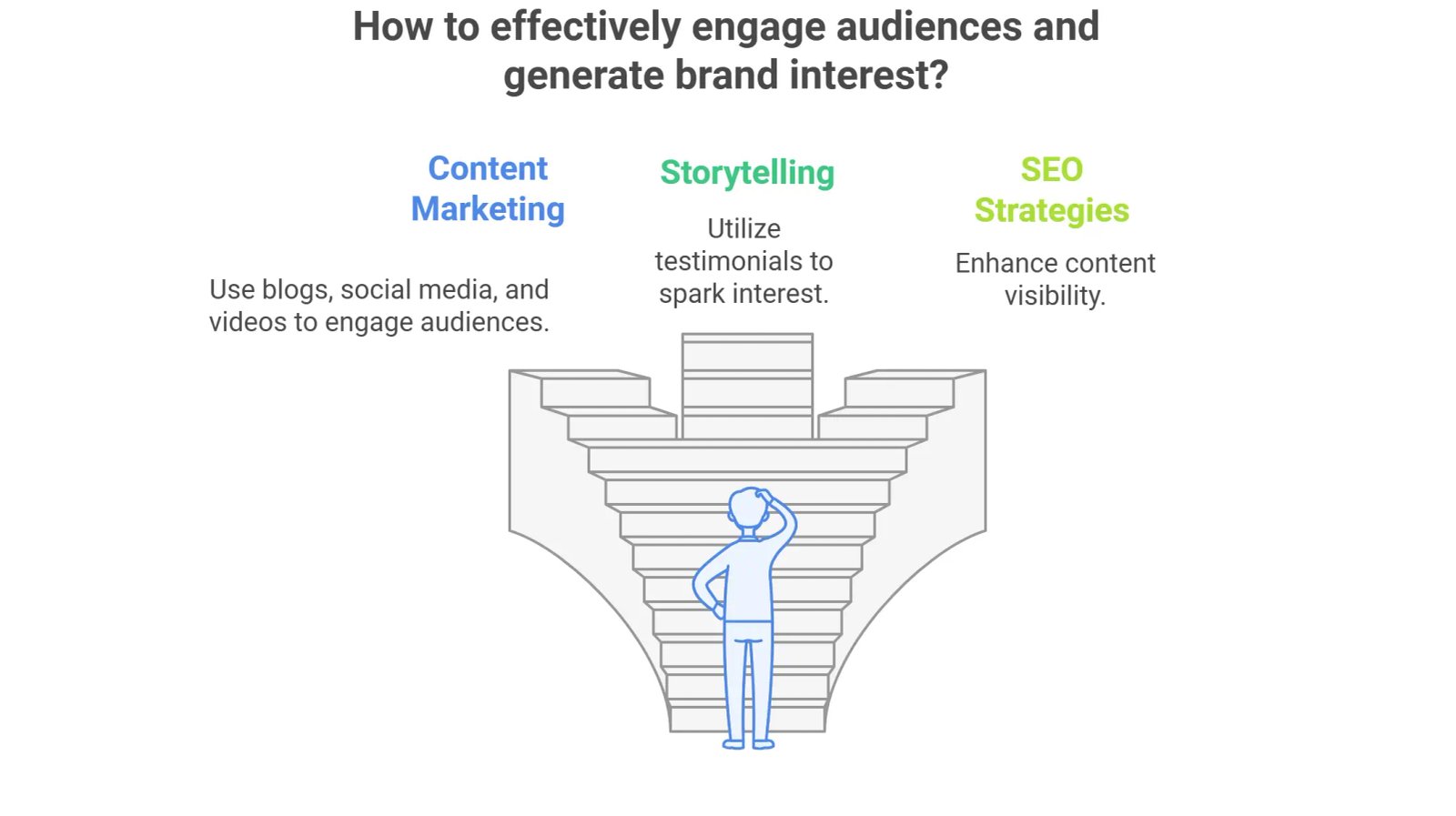
The awareness stage marks the start of a customer’s journey; they recognize a problem but are unaware of solutions. The aim is to capture attention and generate brand interest.
Businesses should utilize content marketing – such as blogs, social media, and videos – to engage audiences. Storytelling through testimonials can spark interest, while SEO strategies enhance content visibility.
Utilizing HubSpot’s segmentation features helps target specific audience groups, increasing chances of attracting qualified leads with tailored content.
Consideration Stage: Engaging and Nurturing Leads
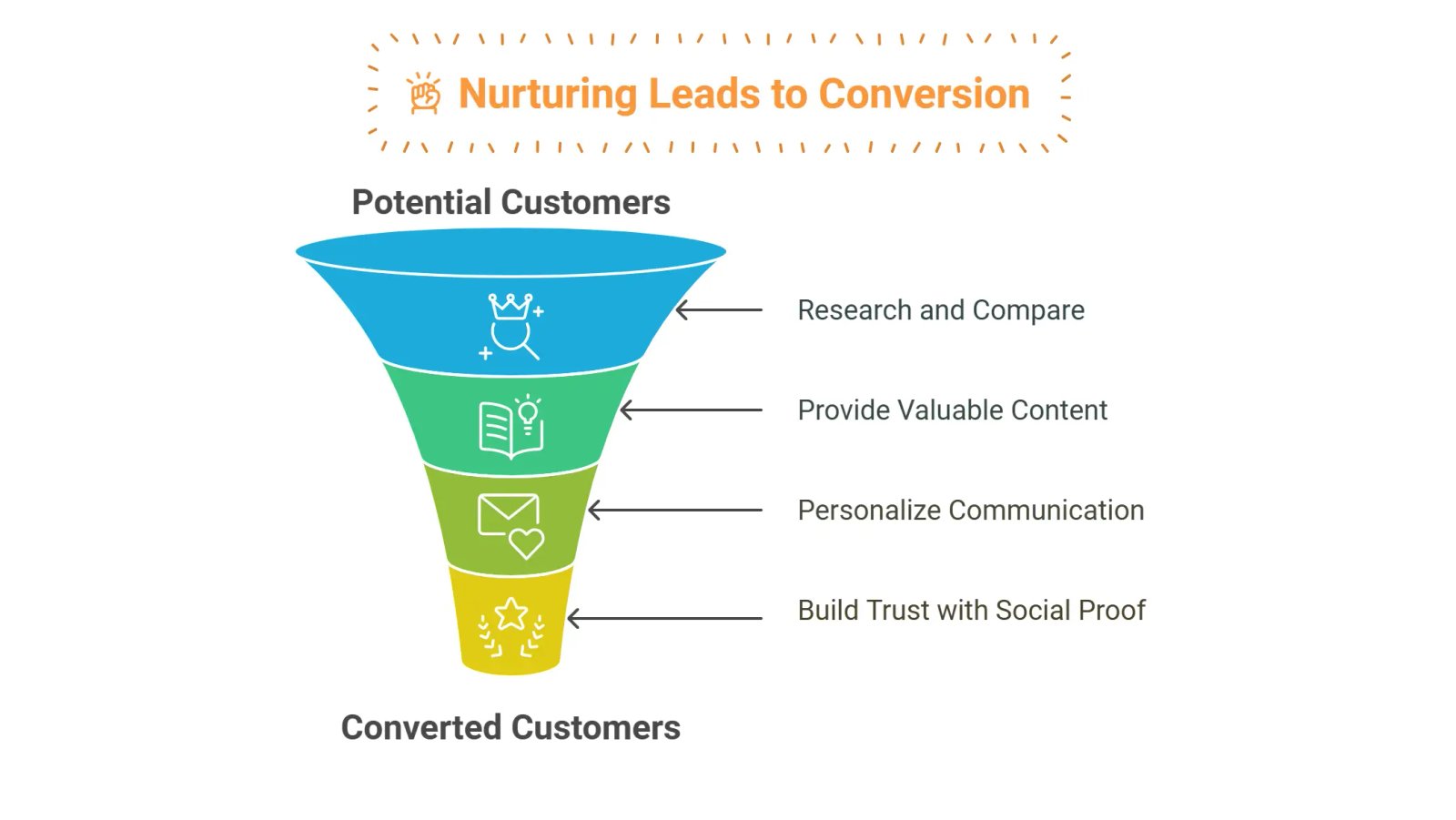
In this stage, potential customers research options, comparing products and reviews. Providing valuable content like guides and webinars can establish your authority.
Maintain engagement by personalizing communication using HubSpot’s tools. Tailored emails based on interactions reinforce relevance and nurture leads.
Trust-building is key here. Use social proof such as ratings and testimonials to reassure prospects about their purchasing decisions.
Decision Stage: Converting Leads into Customers

Prospects are ready to buy at this stage. Highlight unique selling points and create urgency with limited-time offers to encourage quick decisions.
Showcasing customer success stories can boost confidence. Use HubSpot’s segmentation to provide personalized offers based on prior interactions.
Retargeting ads can remind leads of their interests and nudge them toward conversion.
Retention Stage: Building Loyalty and Encouraging Repeat Business
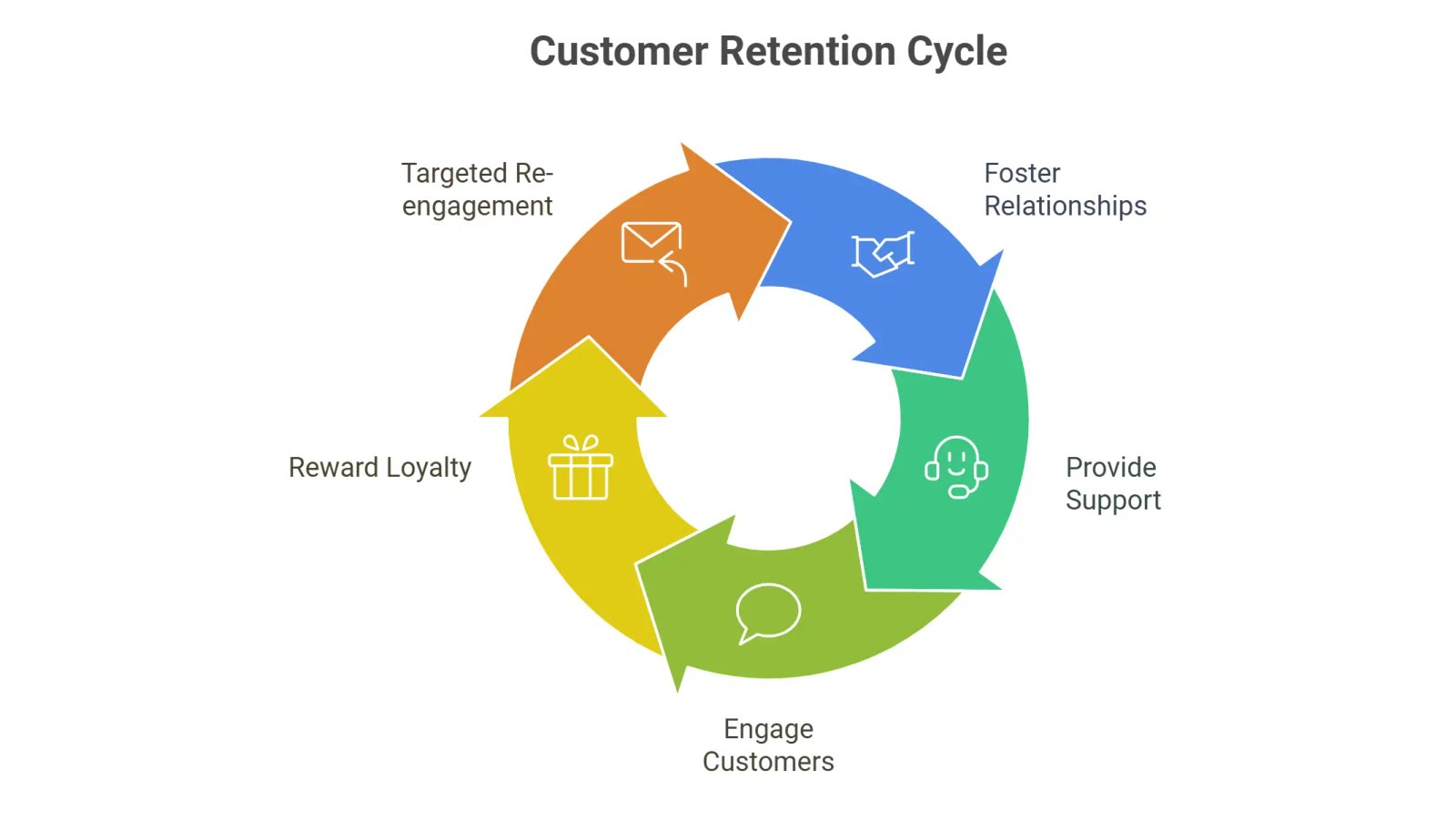
The funnel extends into retention, aimed at fostering long-term customer relationships to encourage repeat purchases.
Exemplary post-purchase support through engagement and feedback channels enhances loyalty. Loyalty programs rewarding repeat buyers promote continued patronage.
Using HubSpot’s segmentation here allows targeted re-engagement campaigns, creating connections that cultivate loyalty and positive word-of-mouth.
The funnel extends into retention, aimed at fostering long-term customer relationships to encourage repeat purchases. Exemplary post-purchase support through engagement and feedback channels enhances loyalty. Loyalty programs rewarding repeat buyers promote continued patronage.
With tools like HubSpot, you can take this strategy further by leveraging advanced segmentation to create tailored re-engagement campaigns. These campaigns help you stay connected with your audience, nurture trust, and inspire loyalty. By delivering personalized experiences, you can turn satisfied customers into brand advocates, fostering both repeat business and positive word-of-mouth.
Creating an Effective Sales Funnel
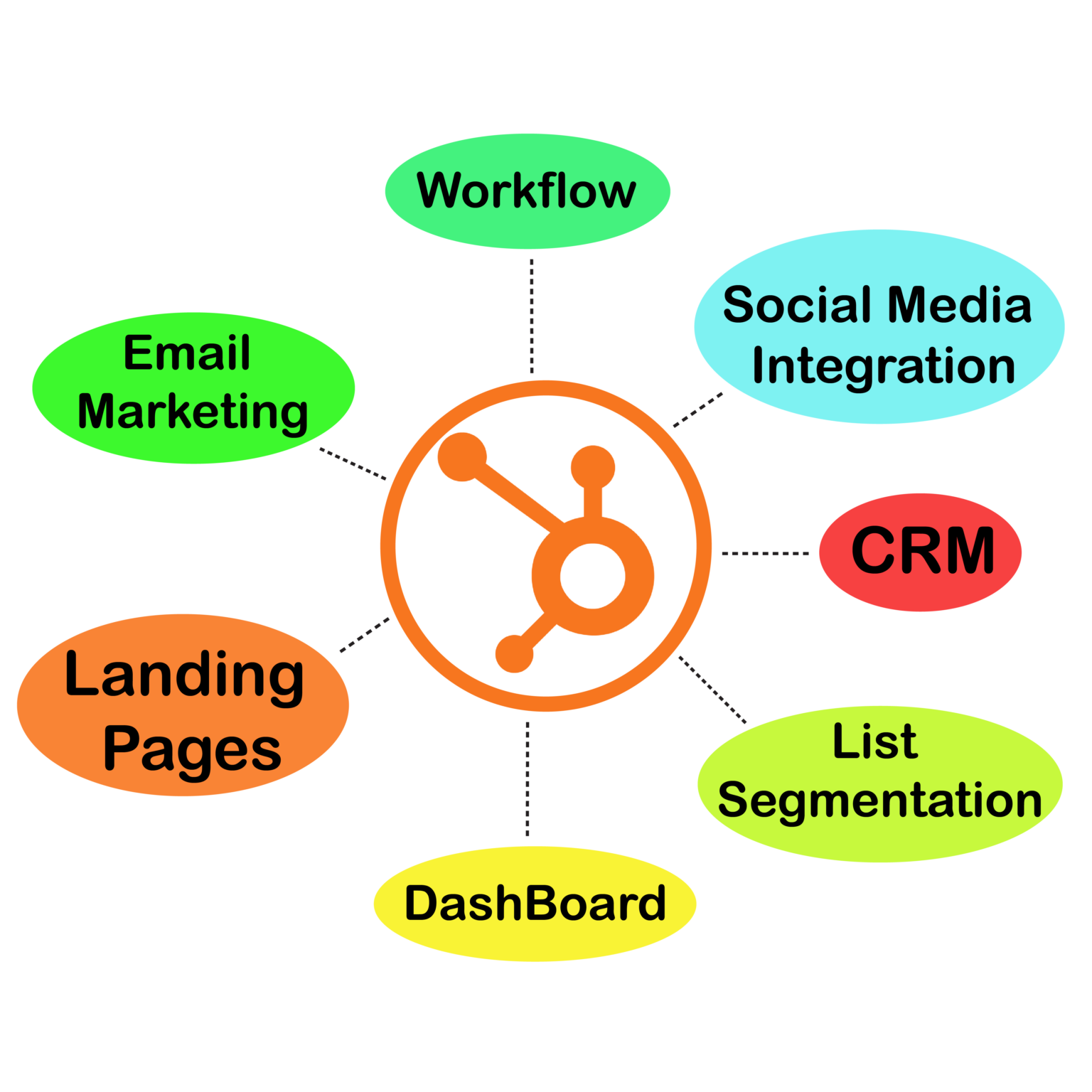
Grasping the stages of the sales funnel is just the beginning; to craft a successful funnel, one must embrace a strategic mindset. This includes pinpointing your target demographic, creating captivating content, deploying marketing tools, and consistently analyzing data for ongoing refinement.
Pinpointing Your Ideal Audience
The cornerstone of an effective sales funnel is a well-defined target audience. Understanding who you aim to reach allows for precise tailoring of your messages and offerings. Kick off the process with comprehensive market research to uncover crucial insights about your ideal customers, including their demographics, behaviors, challenges, and preferences.
Developing buyer personas can significantly enhance this effort. These semi-fictional depictions of your ideal clients encapsulate their motivations, hurdles, and aspirations. Gaining insight into these factors allows you to generate content that resonates more profoundly with your audience.
By utilizing HubSpot’s segmentation features, you can transcend basic demographics to identify key attributes that delineate various audience categories. This skill enables further refinement of marketing strategies, ensuring your messaging aligns with each segment’s specific requirements.
Ongoing collection of feedback and data is essential for sharpening your comprehension of your target demographic. Leverage surveys, interviews, and social listening tools to keep your finger on the pulse of evolving trends and preferences. Being flexible will allow you to stay ahead of competitors and fulfill shifting customer expectations.
Crafting Engaging Content for Each Step

Content fuels every sales funnel. By developing high-quality, engaging material tailored to each phase of the funnel, you’ll guide potential customers along their path and encourage conversions. This requires creating diverse content types that address your audience’s unique needs and inquiries.
During the awareness stage, aim for informative content that enlightens potential customers. Blog posts, educational videos, and striking infographics can captivate attention and inspire interest in your offerings.
As leads transition to the consideration stage, the focus should shift to comparisons, detailed guides, and case studies that support informed decisions. Showcasing how your product alleviates their issues or fulfills their needs will position your brand as their go-to solution.
Finally, in the decision stage, produce content aimed at allaying any lingering doubts. Comprehensive product descriptions, customer testimonials, and FAQs can tackle potential concerns and help seal the deal.
Employing HubSpot’s segmentation features bolsters your content strategy by enabling analysis of which content types resonate best with different audience segments. Experiment with varied formats and topics while measuring engagement and conversion rates to steer future content development.
Leveraging Digital Marketing Tools and Platforms
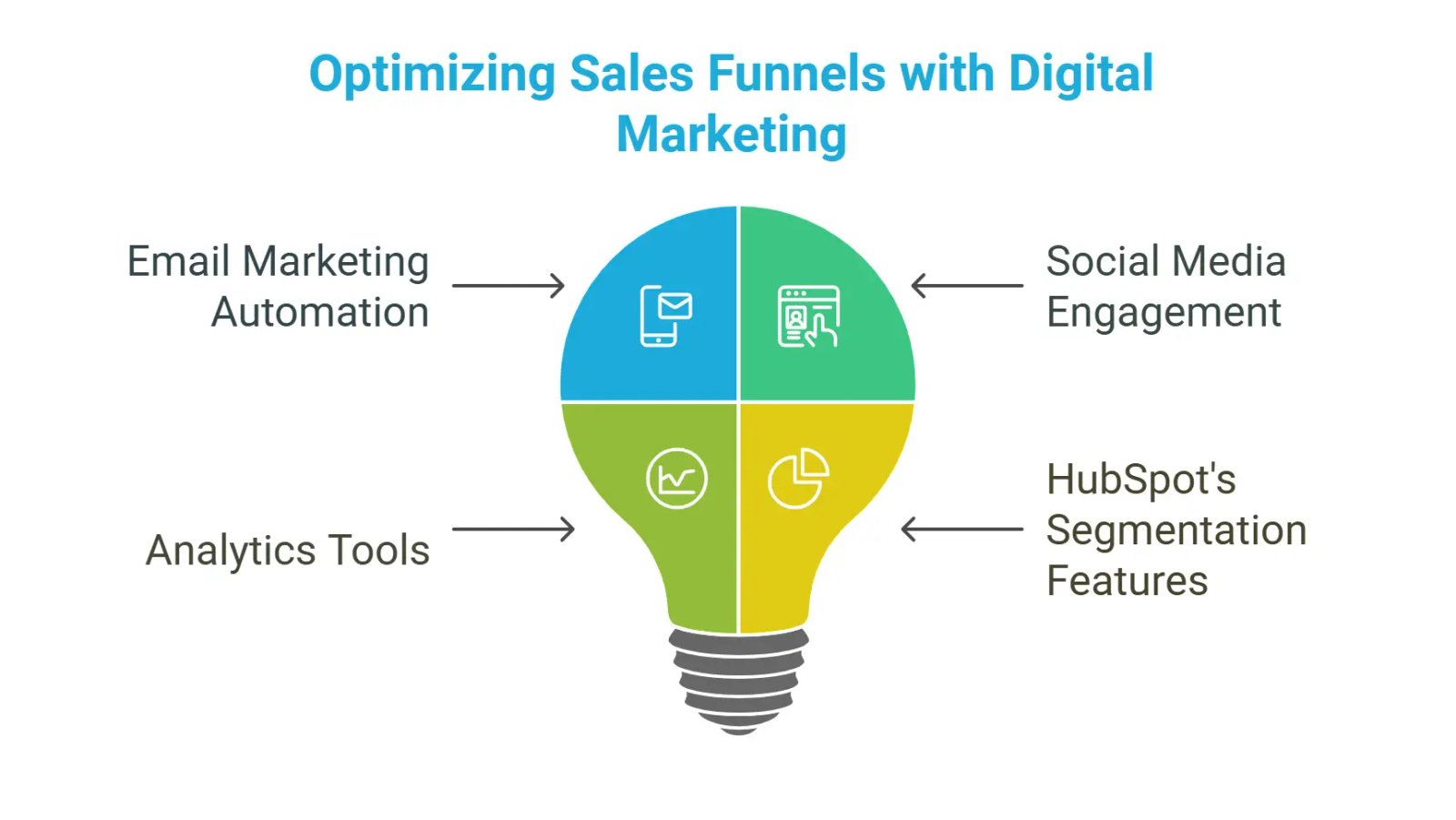
Effectively managing your sales funnel necessitates harnessing digital marketing tools and platforms. Such technologies provide invaluable insights, automate processes, and streamline communication across channels. HubSpot, in particular, boasts a robust arsenal of tools designed to optimize every facet of your sales funnel.
Email marketing automation stands out as a powerful feature, allowing for efficient lead nurturing. By categorizing your email list according to user behavior and preferences, you can dispatch personalized content that directly caters to each recipient’s interests. Automated workflows ensure timely follow-ups and reminders, keeping your brand front-of-mind.
Social media platforms also play a critical role in channeling traffic to your sales funnel. Sharing compelling content, engaging with followers, and executing targeted advertising campaigns can broaden your reach and draw in qualified leads. Leveraging scheduling tools and monitoring engagement simplifies this endeavor.
Analytics tools provide insights into performance metrics, highlighting areas for enhancement. Tracking user interactions on your website, observing conversion rates, and evaluating campaign efficacy empowers data-driven decisions that elevate your sales funnel’s effectiveness.
By merging HubSpot’s segmentation features with other digital marketing tools, you can amplify personalization throughout your funnel. This synergy fosters a cohesive strategy that connects with each prospect and customer, ultimately driving conversions and boosting revenue.
Diving into Data and Metrics for Fine-Tuning
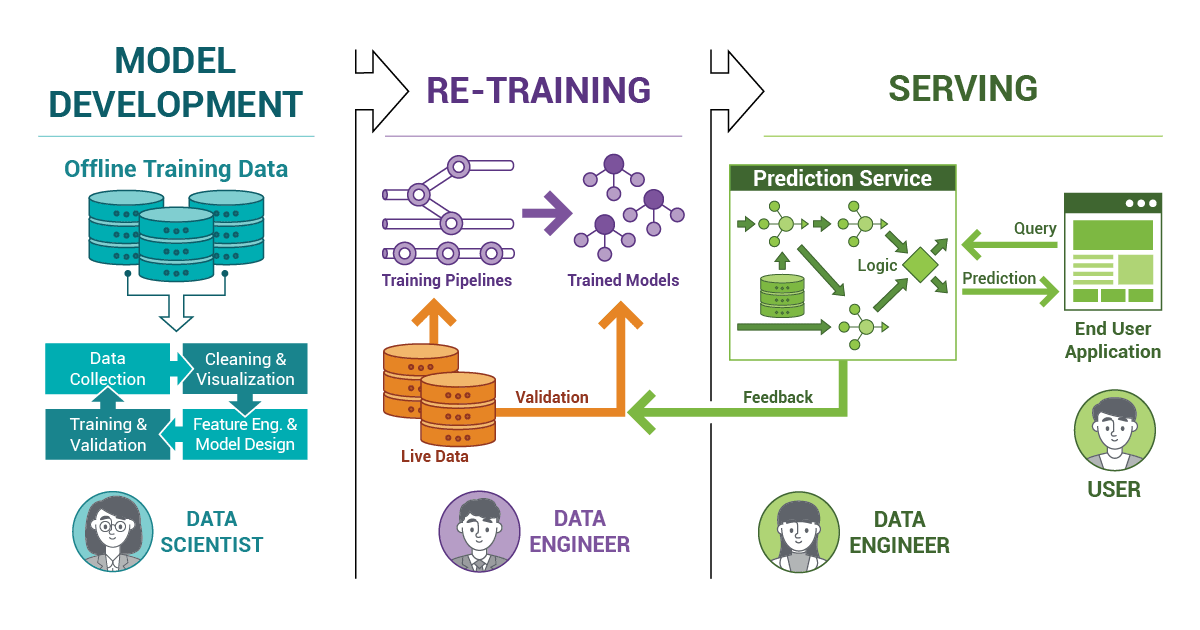
The last piece of the jigsaw in constructing a successful sales funnel revolves around scrutinizing data and metrics for continuous optimization. Measuring performance at each step uncovers what’s effective and what falls short, facilitating informed strategy tweaks.
Regularly review Key Performance Indicators (KPIs) like conversion rates, engagement levels, and customer acquisition costs. Grasping how potential customers navigate through your funnel – and where they drop off – can shed light on bottlenecks in need of attention.
Utilizing HubSpot’s analytics tools allows for an in-depth exploration of your audience’s behaviors and affinities. By categorizing data based on user interactions, you can reveal patterns that inform subsequent marketing endeavors. For instance, if leads frequently disengage during the consideration stage, it may signal a need for more compelling content or clearer calls-to-action.
Consistently revisiting and updating your sales funnel, informed by collected data, nurtures a culture of continuous growth. Testing various approaches – be it messaging, content, or promotions – will help determine the most potent strategies for enhancing conversions.
Moreover, HubSpot’s segmentation features empower you to design targeted experiments aligned with specific audience groups. A/B testing alternate emails or landing pages can yield useful insights that refine your tactics. This agile approach ensures your sales funnel remains effective and responsive to shifting market dynamics.
You can dive deeper into GoHighLevel and discover how its powerful features can elevate your marketing strategy by checking out the video below. It will walk you through its unique tools and show you how to effectively integrate them into your business for better engagement and results.
Common Challenges in Managing Sales Funnels
Despite having a solid understanding of sales funnels and the tools available, businesses often face challenges when it comes to managing their funnels effectively. Identifying and addressing these challenges is crucial for sustaining growth and maximizing conversions.
Inconsistent Messaging Across Channels
One common challenge is inconsistent messaging across various marketing channels. This inconsistency can confuse potential customers and diminish their trust in your brand. When leads encounter conflicting information or tone, they may be less inclined to engage further.
To combat this issue, establish clear brand guidelines that outline your messaging, tone, and values. Ensure that all team members involved in marketing efforts adhere to these standards. Regular meetings and collaborative efforts can help maintain alignment across departments and platforms.
Leveraging hubspot segmentation features can also aid in delivering unified messaging. By segmenting your audience and tailoring your communications based on their preferences, you can ensure that every interaction aligns with your brand’s core message, creating a seamless experience for potential customers.
Difficulty in Tracking Customer Journeys
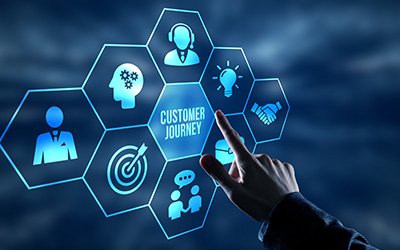
Another challenge businesses face is tracking customer journeys effectively. Understanding where potential customers are in the funnel and what actions they take can be complex, especially across multiple touchpoints.
Implementing robust analytics tools within HubSpot can simplify tracking customer journeys. Utilize features like lead scoring to prioritize leads based on their engagement levels and behaviors. This scoring system allows you to focus on high-potential prospects while gaining insights into their journey through the funnel.
Additionally, mapping out the customer journey visually can help identify key touchpoints and interactions, allowing for better tracking and optimization. Collaborating with your teams to develop a comprehensive view of the customer experience will contribute to a more efficient sales funnel.
Overwhelming Volume of Leads
Managing a large volume of leads can also pose a challenge. Without proper organization and segmentation, leads can become lost or neglected, resulting in missed opportunities.
Investing in a robust CRM system, like HubSpot, enables you to organize and categorize leads effectively. Applying hubspot segmentation features allows you to group leads based on their attributes, behaviors, or engagement levels. This categorization enhances your ability to prioritize leads and tailor your follow-up efforts, ensuring no prospect slips through the cracks.
Moreover, automating certain functions, such as lead nurturing emails or follow-ups, can streamline your workflow. Automation frees up valuable time, enabling your team to focus on more strategic initiatives while maintaining engagement with leads.
Best Practices for Successful Sales Funnels
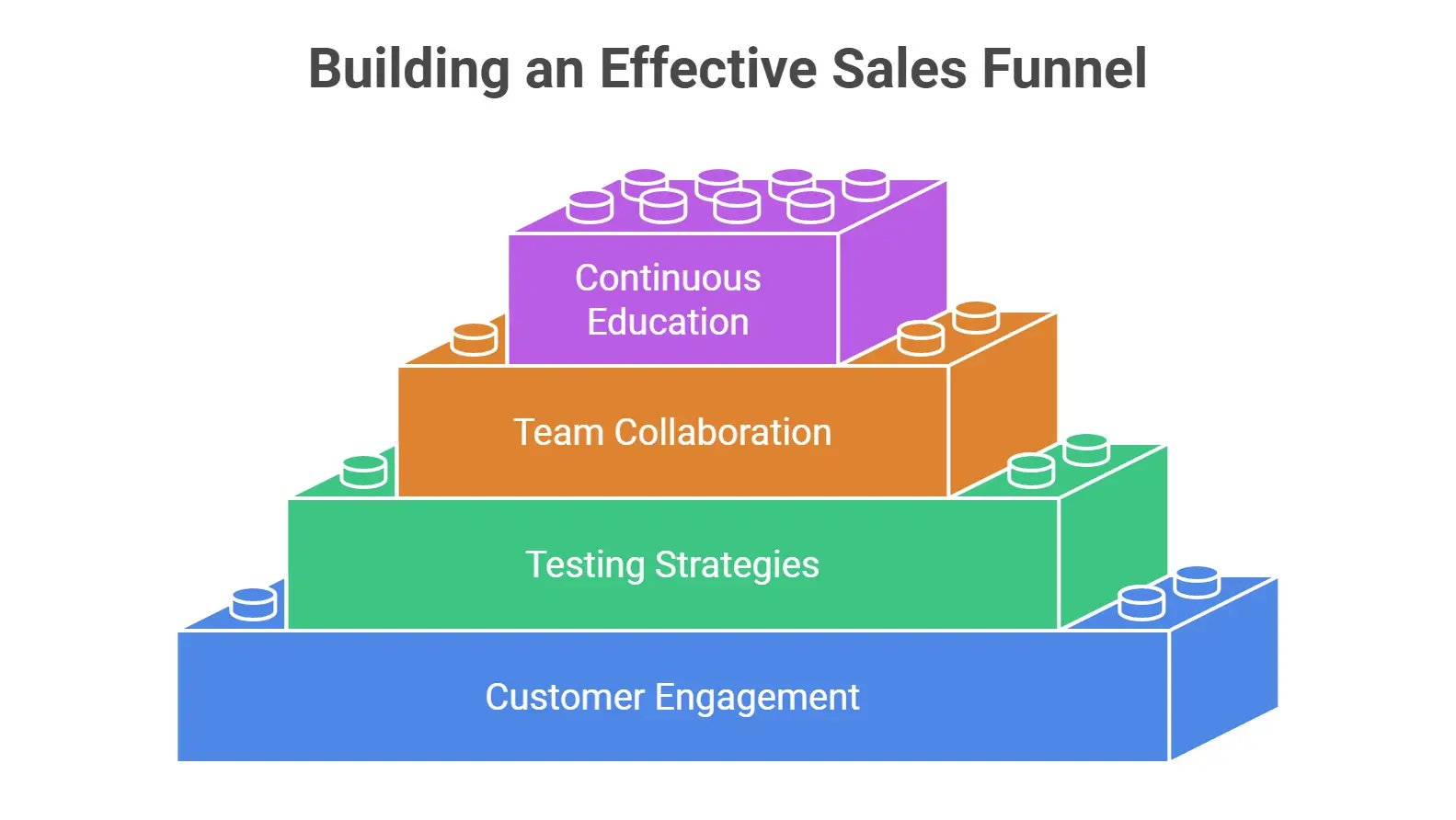
To create a successful sales funnel that converts leads into loyal customers, it’s important to incorporate certain best practices into your strategy. These practices help streamline your approach and ensure consistency in executing your marketing efforts.
Prioritize Customer-Centric Engagement
Creating a customer-centric sales funnel begins with understanding and addressing the unique needs and pain points of your audience. Engage with potential and existing customers through surveys, feedback forms, and direct conversations to gather insights into their preferences.
Use this information to guide your content creation, messaging, and overall strategy. When customers feel heard and valued, they are more likely to engage with your brand and become repeat purchasers.
Test, Learn, and Adapt
The landscape of digital marketing is ever-evolving, and so should your sales funnel. Continuously testing different strategies, content types, and messaging will help you identify what resonates best with your audience. Embrace a mindset of experimentation and learning.
Employ A/B testing for emails, landing pages, and advertisements to measure engagement and conversion rates. Analyze the results and apply those insights to refine your tactics continually.
Foster Collaboration Between Teams
Sales and marketing teams must work together to create a cohesive sales funnel experience. Open communication and collaboration can help bridge gaps between departments, ensuring alignment in messaging and strategies.
Regular check-ins and joint planning sessions foster a sense of teamwork, encouraging both teams to share insights and expertise. This collaboration creates a holistic approach that benefits potential customers and improves overall funnel efficiency.
Invest in Continuous Education and Training
As marketing technologies and consumer behavior change, investing in ongoing education and training for your team is crucial. Providing resources and learning opportunities will ensure that your team stays updated on the latest trends, tools, and best practices necessary for managing an effective sales funnel.
Encourage team members to attend workshops, webinars, and conferences that focus on digital marketing, sales strategies, and customer engagement. This investment pays off by enhancing your team’s skills and knowledge and contributing to a more effective sales funnel.
Wrapping It Up!
To boost conversions and retain customers, managing your sales funnel is essential. Utilizing HubSpot’s segmentation features allows businesses to tailor experiences, enhancing engagement and making customers feel valued.
By understanding each stage of the sales funnel, creating engaging content, exploring tools and analytics, and adhering to best practices, companies can maximize their funnels’ potential. Addressing common challenges and adapting to market changes will enhance business performance.
In today’s fast-paced digital landscape, your sales funnel strategy must be adaptable. Leverage segmentation and data analysis to refine tactics and establish genuine connections with your audience. With effort and effective tools, your sales funnel can evolve into a powerful growth engine – that’s worth celebrating!



